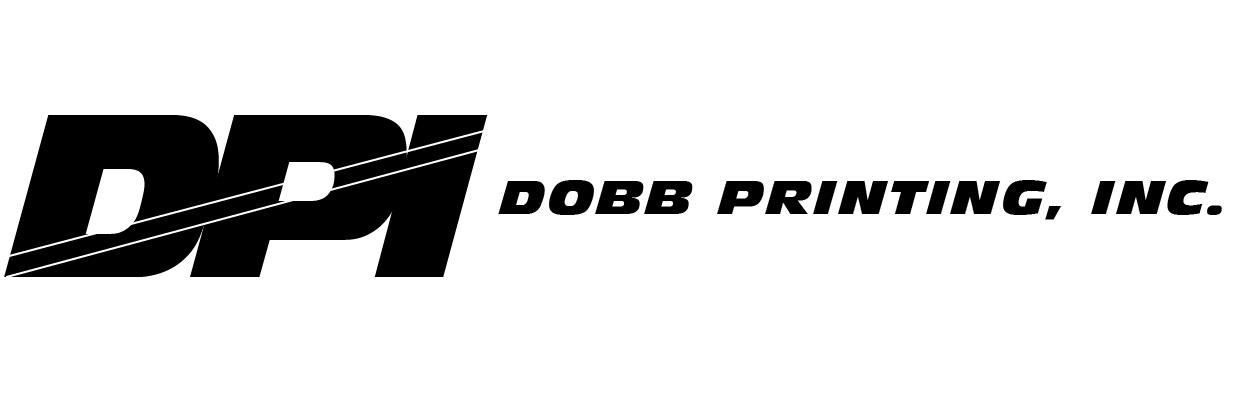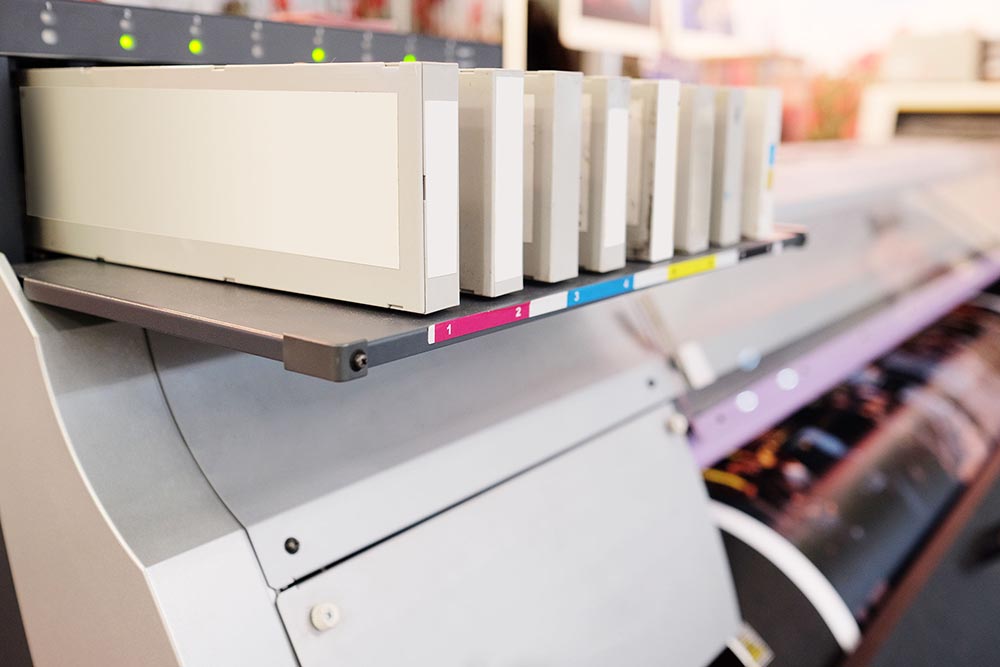Process of Digital Printing
The Digital Printing process is not as complicated as that of the traditional press – which involves films, plates, and/or water. Digital printing makes use of a raster image which is sent directly to the printer with help of digital files and graphics software applications. The printer takes in a medium (paper) and starts printing on it. The ink or toner does not permeate the substrate, as does conventional ink, but forms a thin layer on the surface that may be additionally adhered to the substrate by using a fuser fluid with heat process (toner) or UV curing process (ink).
Advantages of Digital Printing
- Cheaper cost for lesser volume printing No plates needed therefore no need to pay for plate space and pay for the plate.
- Shorter turnaround Designed through software then print, which means no time spent for preparing plates or transferring images to film. This provides a faster printing process simply by sending the data from your computer to the printer.
- Variable data printing Even if you’re at home you can easily change elements in your design such as its text, images, logos, graphics. You can easily modify or revise the artwork.
- More accurate counts and less waste Digital printing involves lesser human intervention – no need to balance ink and water. Thus maintaining accurate printing.
- Lower minimum quantities
Future of digital printing
With much advancement in technology, expect digital printing to become faster and more reliable in terms of print consistency – at a much lesser printing cost. This is what digital printer manufacturers are currently working on – to produce a printing fast enough to match offset printing production and be able to print larger quantities using a wide array of substrates.
You really can’t generalize whether one printing process is better than the other. The key to maximizing the value of your money in outsourcing your printing projects is to determine the need of your business. Carefully analyze the strengths and advantages of each custom printing process and, from your printing needs, decide which one is more applicable to you.



